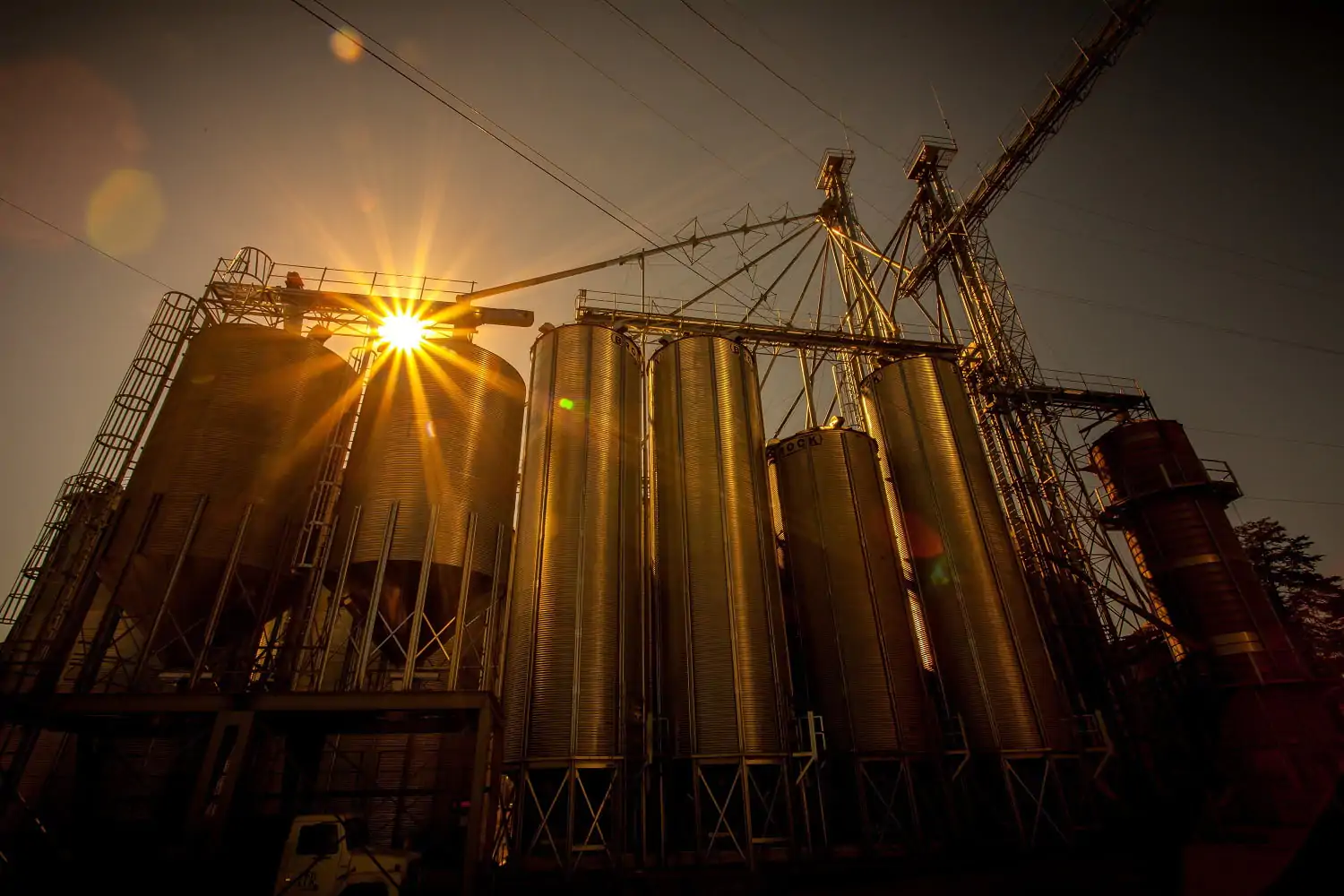
The price of the benchmark Brent crude oil rose 2.2% to around $86 per barrel after Alexander Novak, Russia’s deputy Prime Minister and former Energy Minister, announced a 500,000 barrels per day (bpd) production cut.
The cut in production is largely in response to the price cap imposed by some major economies. From December 5, seaborne Russian crude oil must be priced no higher than $60 per barrel to access finance, maritime insurance and brokering from these countries. In response, Russia said it would not agree any deals involving the price cap.
In the announcement, Novak said that while the country was currently selling all the oil it produced:
“…as stated earlier, we will not sell oil to those who directly or indirectly adhere to the principles of the ‘price cap’. In this regard, Russia will voluntarily reduce production by 500,000 barrels per day in March. This will contribute to the restoration of market relations.”
The drop in production represents about 5% of total Russian oil production, which is less than the 9% drop seen last April when sanctions by the West over the Ukraine war started to bite. Since then, Russia has established logistics chains to sell its oil elsewhere, most notably in Asia.
Fortunately, a Texas-based pipeline company has predicted that oil production could surge this year by 500,000 bpd in the US Permian Basin, where operators like ExxonMobil and Chevron, the makers of the Mobil and Texaco lubricant products, extract oil using hydraulic fracturing techniques.








































